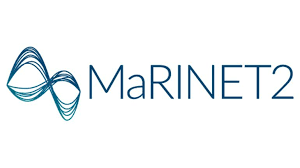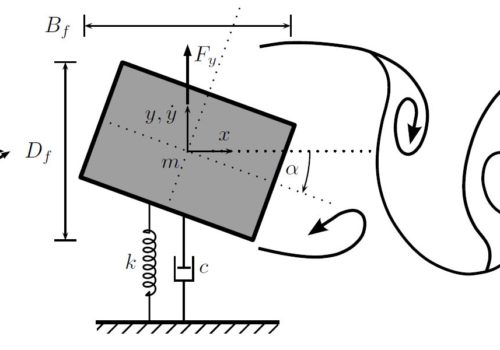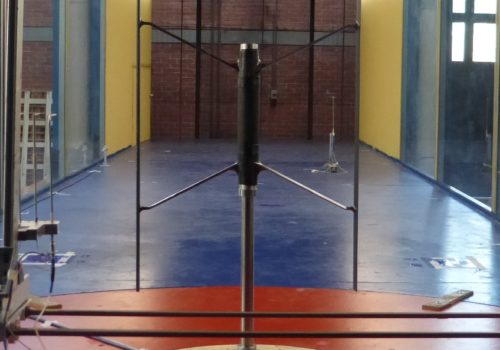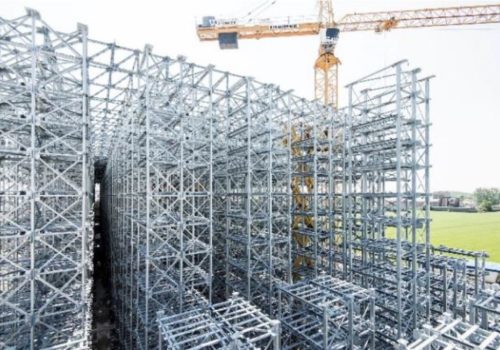PERMEABLE BUILDING ENVELOPES
Research activity duration: 2014 – now
Recently, many engineering problems have stimulated a renewed interest in bluff body aerodynamics. When the wind approaches a building with a permeable envelope, part of the flow moves in the cavity between the external screen and the building face. If the cavity flow and the external flow mutually interacts, the evaluation of the wind effects on this complex system may represent a quite complicated task.
From an aerodynamic point of view, a permeable envelope can be considered as an additional layer somehow held in front of the building face, at a relatively small distance. The interference between the screen and the body is such that they behave as a unique object, namely, a new fluid-interacting system, for which additional studies are nowadays required in order to have a deeper insight.
The research at CRIACIV focuses on exploratory 2D studies aiming to clarify the possible aerodynamic interaction caused by the presence of a screen. In fact, a system composed by a rectangular bluff body, shielded by an airtight screen which creates a through cavity, may exhibit an aerodynamic behavior quite different from the one associated to the original bluff body without the screen. Thus, the role of each parameter affecting the system aerodynamics needs to be clarified. In particular, it is necessary to understand when the presence of the screen can be neglected and if the wind induced pressures in the cavity can be evaluated through simplified models (namely, the internal and external pressures can be decoupled).

Views from the wind-tunnel inlet of the section model used to reproduce the 2D systems

A detail of the airtight screen attached on the model and the pressure taps installed around the middle section
Different configurations have been investigated by means of wind tunnel tests and CFD simulations. In general, despite the relatively small tested gap widths, the through cavity has a crucial role and the presence of the screen affects the aerodynamics of the original bluff body without the airtight screen. The pressure coefficients inside the cavity are negative for wind normal to the screen, so the screen experiences a remarkable drag. The pressure coefficients are further reduced in the proximity of the cavity extremities where local effects may occur. Tests performed around the null angle of attack demonstrated a reduced proneness to the galloping instability.
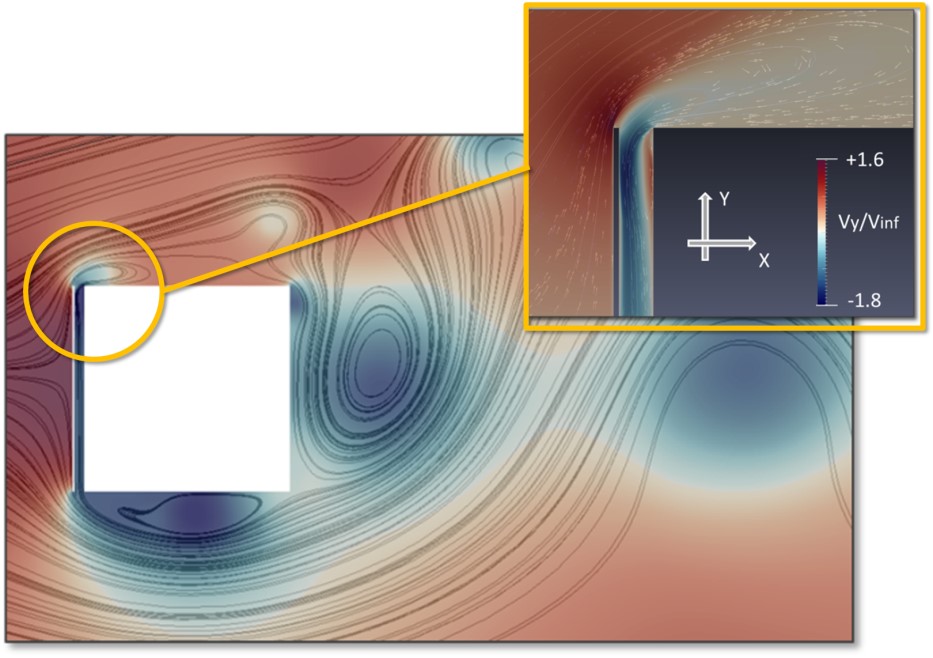
Streamlines and pressure field of an instant of vortex shedding, obtained from a CFD simulation of the 2D system composed by the square cylinder and the open-gap airtight screen.
Presently, the 2D investigations are still on-going, but the results are promising for a future studies towards the wind effects on permeable building envelopes.
A better definition of wind effects on such envelopes will lead to:
- an accurate definition of Wind loads on permeable building envelopes, obtaining design values not provided from the wind loading codes yet;
- a possible design of such façades for Natural ventilation, by using internal flow to improve the energy performance of the permeable envelope;
- a possible use to install Energy harvesting devices into modern building envelopes, by exploiting the flow paths generated around or in the system composed by building + permeable envelope.
Therefore, next studies will focus mainly on two research paths: at first, the two-dimensional bluff body aerodynamics study needs further in-deep investigations, on the other hand, it is necessary to extend the present study to more realistic three-dimensional case studies.
